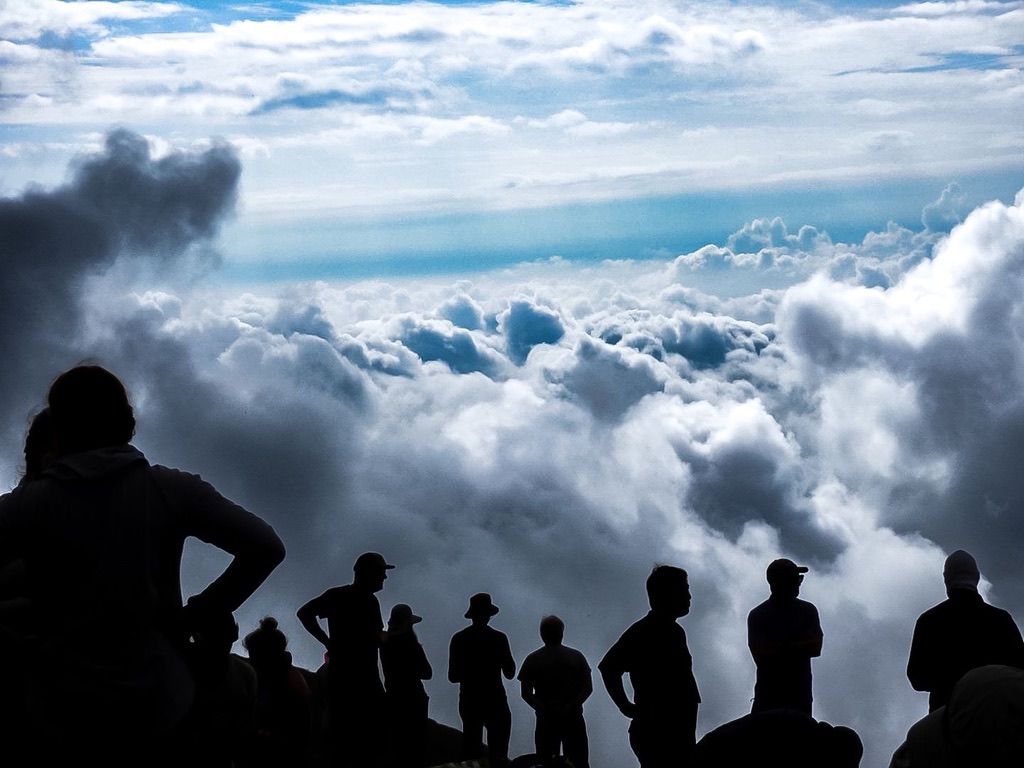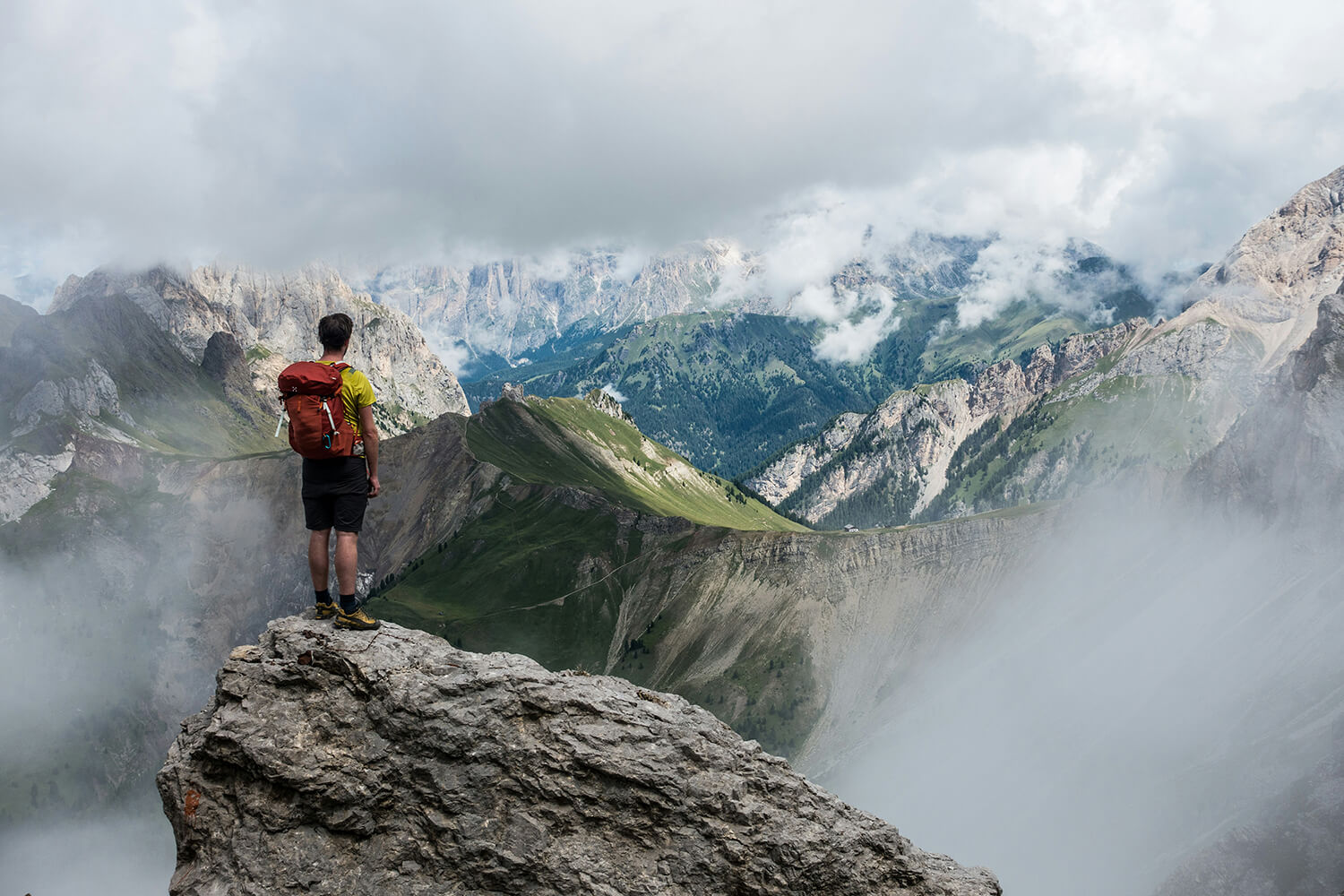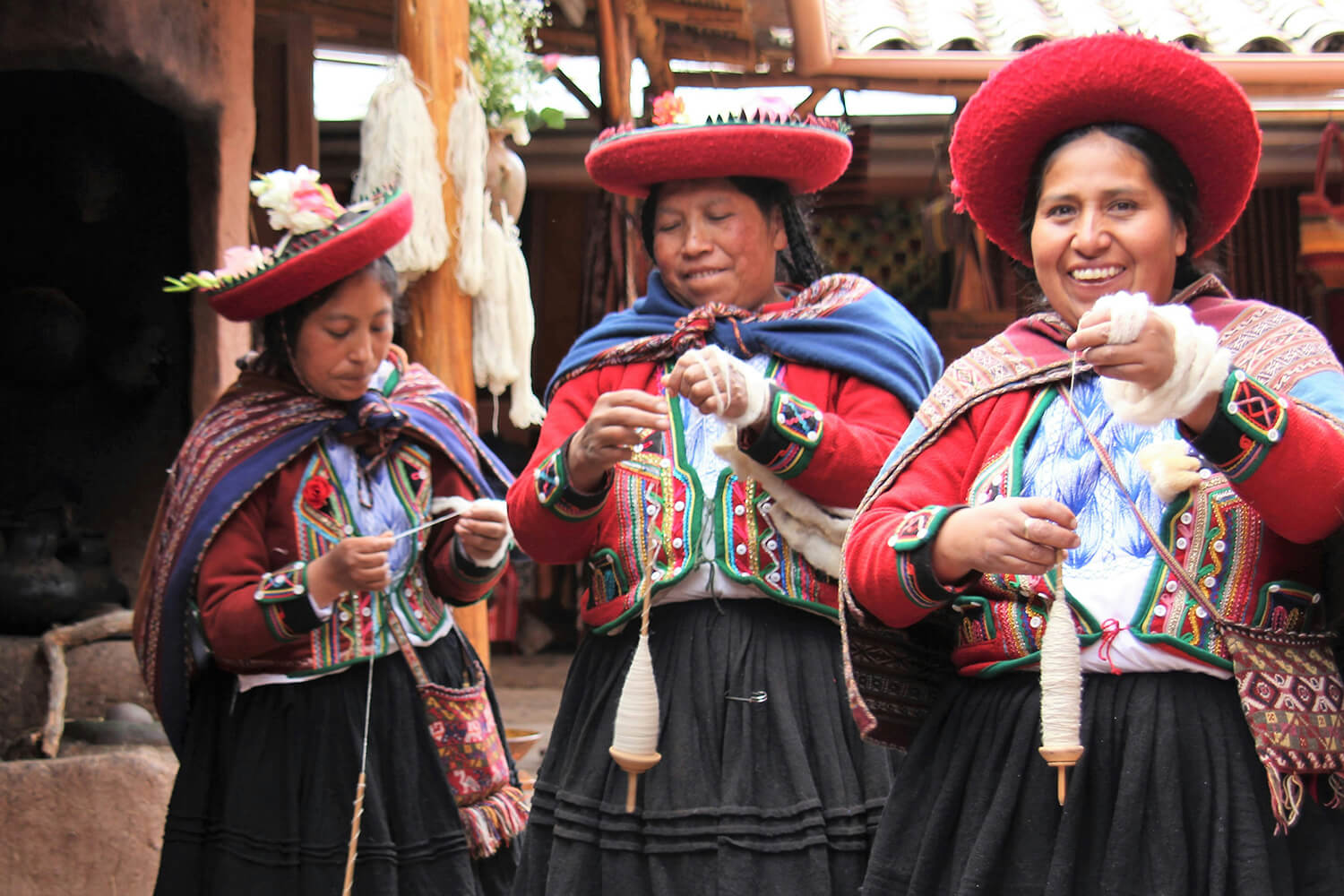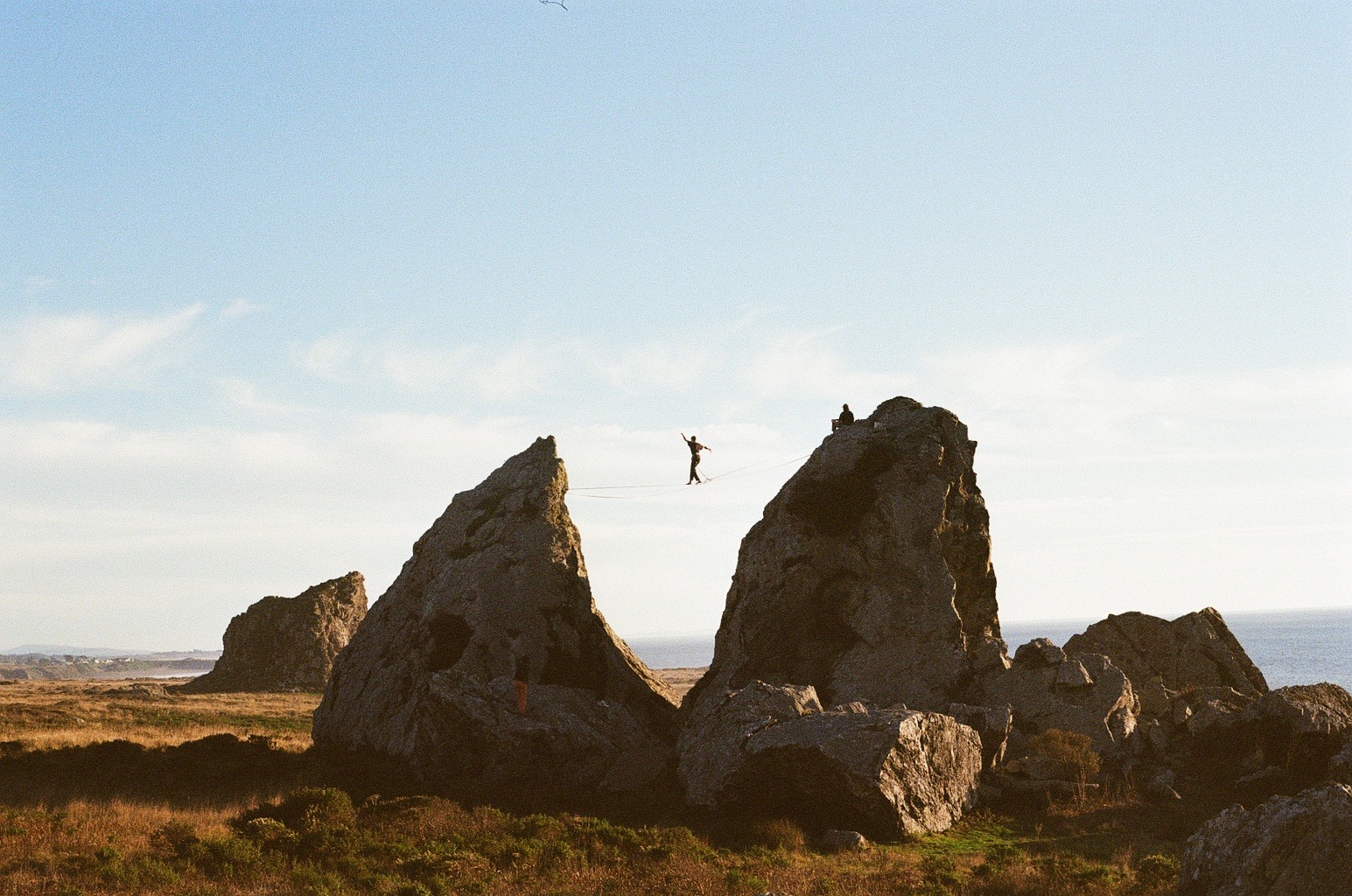Learning Cross-Country Paragliding in Roldanillo, Colombia: My Eagle Paragliding Clinic Experience

Roldanillo, Colombia sits in the Valle del Cauca, nestled between the Western and Central Cordillera mountain ranges. For paraglider pilots, it's known as one of the world's premier cross-country flying destinations. The reliable thermal conditions, multiple launch sites, and welcoming pilot community make it an ideal place to learn XC flying. After spending a week at Eagle Paragliding's cross-country clinic, I went from never having flown cross-country to confidently executing multiple 2+ hour flights and covering distances over 30 kilometers.
Why Roldanillo for Cross-Country Paragliding
Roldanillo's geography creates consistent thermal conditions during the dry season. The valley running between the mountain ranges funnels wind patterns and generates reliable lift throughout the day. January and February offer the best flying conditions, with consistent thermals starting mid-morning and lasting well into the afternoon.
The town sits at approximately 1,000 meters elevation, with launch sites on the surrounding ridges providing easy access to the valley's thermal highways. Multiple takeoff locations around Roldanillo give pilots options based on wind direction and the day's conditions. The combination of valley thermals and ridge lift creates diverse flying opportunities suitable for learning and progressing XC skills.
The Eagle Paragliding Cross-Country Clinic
Eagle Paragliding runs week-long cross-country clinics specifically designed to teach pilots the fundamentals of XC flying. The clinic costs around $3,000, which positions it at the higher end of paragliding instruction but reflects the quality of teaching and the comprehensive nature of the program. You can find more details and booking information at Eagle Paragliding's official tour page.
The instructors bring extensive XC flying experience and break down complex concepts into manageable skills. Over the course of one week, they systematically teach the core competencies needed for cross-country flying. The instruction balances ground school theory with practical flying experience, ensuring students understand both the why and the how of thermal flying.
What You Actually Learn
The clinic curriculum focuses on four main skill areas that form the foundation of cross-country flying.
Finding Thermals - Instructors teach you to read the landscape and identify likely thermal sources. In Roldanillo's specific terrain, this means understanding the difference between mountain thermals and valley thermals. You learn to spot visual indicators like dust devils, birds circling, cumulus cloud formation, and changes in vegetation that signal thermal activity. The instruction includes understanding the daily thermal cycle and how thermal strength and location shift throughout the day.
Coring Thermals - Once you find a thermal, you need to stay in the strongest lift. The instructors teach precise techniques for centering yourself in the thermal core. This involves reading your variometer, feeling pressure changes in your wing, and making small, calculated adjustments to your flight path. You learn to recognize when you've drifted out of the core and how to quickly reposition yourself back into the strongest lift.
Thermal Mechanics - Understanding how thermals behave helps you work them more effectively. The clinic covers thermal structure, including the relationship between the core and the weaker surrounding air. You learn about thermal drift with wind, how thermals change strength at different altitudes, and how to predict where a thermal will take you as you climb.
Group Flying Principles - Flying with other pilots significantly improves your ability to find and use thermals. The clinic teaches gaggle flying etiquette and safety, how to use other pilots to identify working lift, and techniques for covering more ground as a group. This collaborative approach to thermal hunting proves invaluable for building XC distance and confidence.
My Progression During the Week
I arrived at the clinic having never flown cross-country. My experience consisted of standard ridge soaring and basic thermal flying at my home site. The structured progression of the clinic quickly built my skills and confidence.
The first few days focused heavily on identifying thermals and basic coring technique. Instructors pointed out thermal indicators from launch before we flew, then debriefed our flights to reinforce the learning. Each day built on the previous one, adding complexity as our skills developed.
By midweek, I was consistently finding and working thermals without instructor guidance. The breakthrough came when I started feeling the thermal through the wing rather than just relying on my variometer. This tactile understanding of lift allowed for much quicker and more precise centering.
The latter part of the week involved longer flights applying all the learned skills together. I completed multiple flights lasting over two hours, with several exceeding 30 kilometers of cross-country distance. These flights represented a massive jump from my previous flying experience and demonstrated the effectiveness of the systematic instruction approach.
By the end of the week, I felt genuinely confident in my ability to plan and execute cross-country flights independently. The clinic provided not just skills but also the judgment needed to make safe decisions while pushing personal boundaries.
Flying Sites Around Roldanillo
Roldanillo offers several launch sites accessible from town. The specific takeoffs you'll use during the clinic depend on daily wind direction and conditions. Instructors select the optimal launch each day to maximize learning opportunities and safety.
Most sites sit on ridges overlooking the valley, providing spectacular views and easy access to thermals forming over the flatlands below. The launch areas are well-maintained and spacious enough for multiple pilots to prepare and launch simultaneously.
Getting to launch sites requires either taxi service or local bus transportation. Both options are readily available and inexpensive. The short travel time from town to takeoff means you can be flying within 30-45 minutes of leaving your accommodation.
Practical Information: Where to Stay and How to Get Around
I stayed at an Airbnb in Roldanillo proper, which proved both affordable and convenient. The town offers various accommodation options across different price points. Staying in Roldanillo itself rather than neighboring Piedechinche keeps you closer to the pilot community and makes evening socializing easier.
Transportation to launch sites operates via taxi or local bus service. Both are cheap and reliable. Most pilots coordinate rides together, sharing costs and enjoying the pre-flight anticipation during the short drive to takeoff.
The town is small enough to walk everywhere for food, supplies, and entertainment. Everything you need sits within a few blocks of the central park.
The Roldanillo Pilot Community and Town Life
During January and February, Roldanillo transforms into an international paragliding hub. Pilots from around the world converge on the town, creating a vibrant community atmosphere. The central park becomes a gathering place where you'll meet pilots from different countries, share flying stories, and make connections that often last beyond your visit.
This concentrated pilot community offers unexpected benefits for learning. Evening conversations with experienced XC pilots provide additional insights and perspectives. Watching different flying styles and approaches expands your understanding of the sport. The shared enthusiasm for flying creates an energizing environment that enhances the clinic experience.
Where to Eat in Roldanillo
The food scene in Roldanillo deserves attention, particularly if you appreciate authentic local cuisine.
Empanadas - A small hole-in-the-wall spot at coordinates 4.410434, -76.155855 serves the best empanadas I've encountered anywhere. The location might seem unremarkable, but the food quality speaks for itself. This became a regular stop during my week in town.
Oven Pizza - This pizza operation runs out of someone's backyard and serves surprisingly excellent pizza. The casual setting and quality food make it popular with both locals and visiting pilots. The relaxed atmosphere perfectly complements post-flying evenings.
Beyond these specific recommendations, Roldanillo offers typical Colombian fare at various small restaurants and food stands. The prices remain reasonable, and the food quality consistently exceeds expectations for a small town.
Is Eagle Paragliding Worth the Cost?
At approximately $3,000 for a one-week clinic, Eagle Paragliding represents a significant investment in your flying progression. Whether it's worth the cost depends on your goals and learning style.
The instruction quality justifies the price. The instructors demonstrate deep knowledge of cross-country flying and possess the teaching ability to transmit that knowledge effectively. They provide individual attention while managing group dynamics, ensuring each student progresses at an appropriate pace.
The structured curriculum eliminates the trial-and-error approach that often characterizes self-taught XC progression. This accelerated learning curve means you gain skills in one week that might take a season or more to develop independently.
The social aspect adds value beyond pure instruction. Meeting other pilots serious about XC progression creates a peer group that supports continued learning. Many students form flying partnerships that extend beyond the clinic, planning future trips and sharing knowledge.
For pilots ready to commit to cross-country flying, the clinic provides an excellent foundation. The combination of quality instruction, ideal flying conditions, and supportive community creates an environment where rapid skill development becomes possible.
After the Clinic: Continuing Your XC Journey
The clinic's ultimate success measure is whether it prepares you for independent cross-country flying. In my case, the answer is definitively yes. The skills learned and confidence gained transferred directly to my flying after leaving Roldanillo.
The systematic approach to thermal flying gave me a mental framework for analyzing conditions and making flight decisions. Rather than guessing about thermal location or behavior, I now apply the principles taught during the clinic to read conditions and plan accordingly.
More importantly, the clinic instilled confidence in my ability to handle the challenges of XC flying. This psychological component often proves as important as technical skills. Knowing I can find thermals, core them effectively, and navigate cross-country removes the intimidation factor that prevents many pilots from attempting their first XC flights.
Final Thoughts on Learning XC in Colombia
Roldanillo offers an exceptional environment for learning cross-country paragliding. The reliable conditions remove much of the uncertainty that complicates XC instruction in less consistent locations. The infrastructure supporting paragliding, from transport to accommodation to the pilot community, makes focusing on flying easy.
Eagle Paragliding's clinic transforms theoretical knowledge into practical skill through systematic instruction and ample flying opportunities. The week-long intensive format provides enough repetition to solidify skills while maintaining engagement through progression and variety.
For pilots ready to move beyond ridge soaring and begin cross-country flying, a clinic in Roldanillo provides probably the fastest and most effective path forward. The combination of world-class flying conditions, expert instruction, and supportive community creates an environment where significant skill development becomes achievable in a compressed timeframe.
If you're considering taking your paragliding to the cross-country level, Roldanillo in January or February with a structured clinic like Eagle Paragliding offers an investment that will pay dividends in your flying for years to come.







